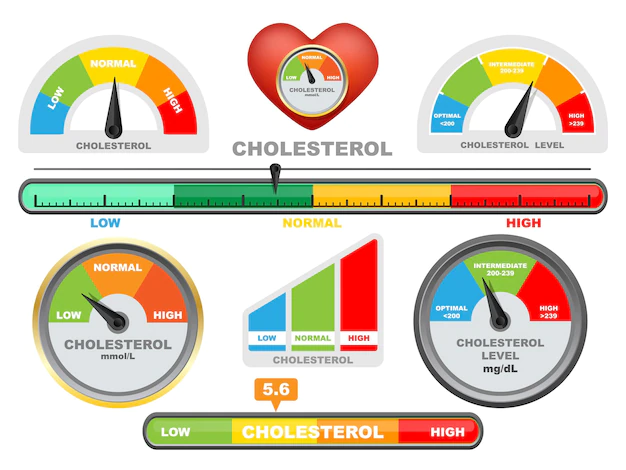Lowering LDL Cholesterol to Reduce Risk for Heart Disease and Heart Attack

Lowering LDL cholesterol levels is an important step in reducing the risk for heart disease and heart attack. LDL cholesterol, also known as “bad” cholesterol, can build up in the arteries and increase the risk of plaque buildup and heart disease.
There are several lifestyle changes that can help lower LDL cholesterol levels, including:
- Eating a heart-healthy diet: A diet rich in fruits, vegetables, whole grains, lean protein, and healthy fats can help lower LDL cholesterol levels. Foods high in saturated and trans fats, such as fried foods and processed snacks, should be limited.
- Exercising regularly: Regular physical activity can help raise HDL cholesterol, also known as “good” cholesterol, and lower LDL cholesterol levels.
- Maintaining a healthy weight: Being overweight or obese can increase LDL cholesterol levels and increase the risk for heart disease.
- Not smoking: Smoking can lower HDL cholesterol and increase LDL cholesterol levels, as well as increase the risk of heart disease and heart attack.
In addition to lifestyle changes, medications may also be necessary to lower LDL cholesterol levels. Statins, a type of medication that helps lower LDL cholesterol, are commonly prescribed for those at risk for heart disease.
It’s important to work with a healthcare provider to determine the best course of treatment for lowering LDL cholesterol levels. Regular cholesterol checks can help track progress and determine whether additional treatment is necessary.
In conclusion, lowering LDL cholesterol levels is an important step in reducing the risk for heart disease and heart attack. Lifestyle changes such as eating a heart-healthy diet, exercising regularly, maintaining a healthy weight, and not smoking can help lower LDL cholesterol levels. Medications may also be necessary in some cases. Working with a healthcare provider can help determine the best course of treatment for lowering LDL cholesterol levels and reducing the risk of heart disease.
